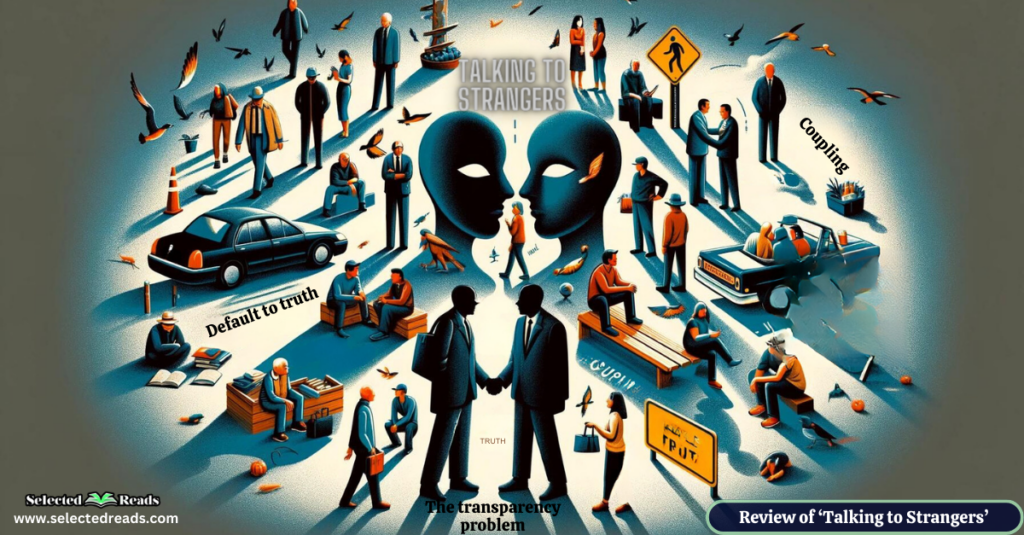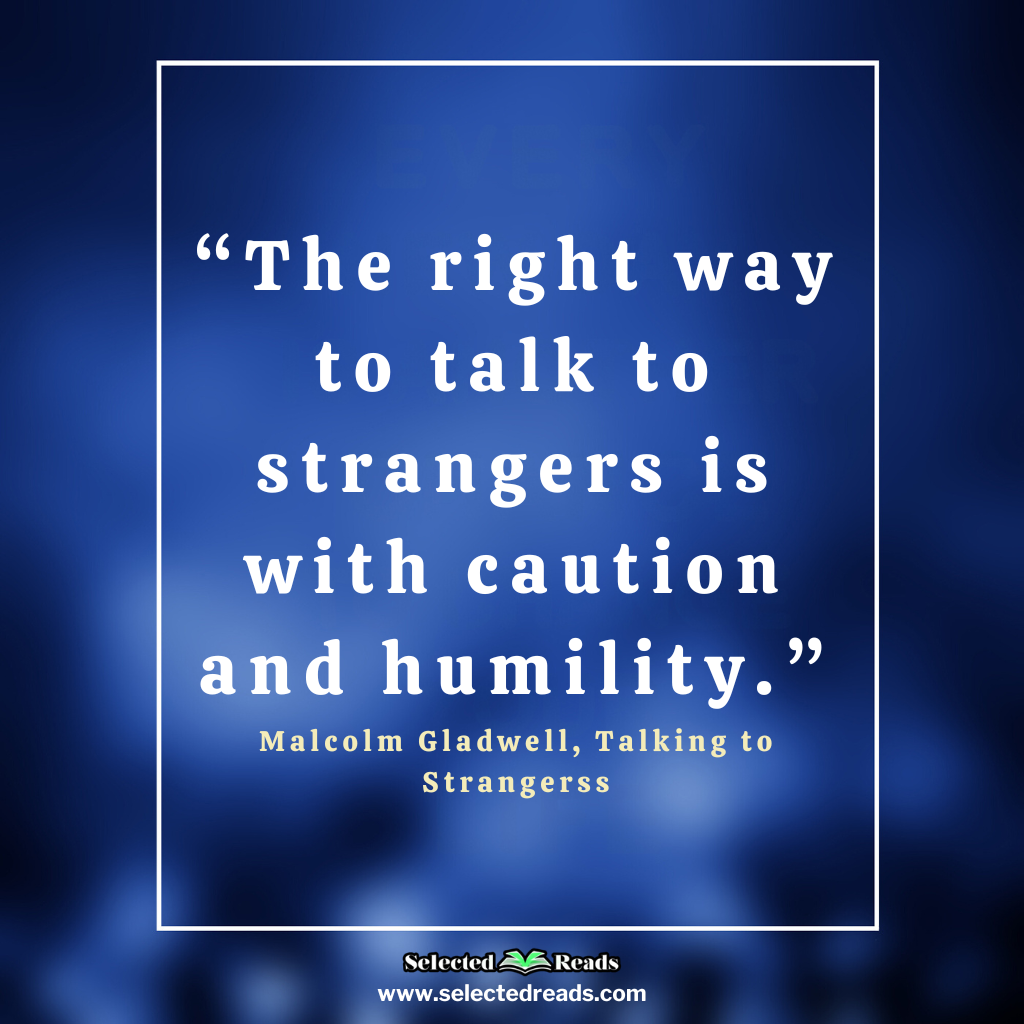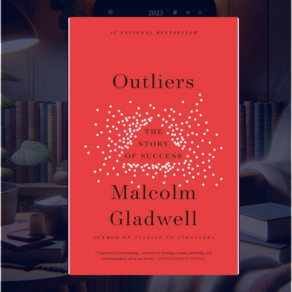In “Talking to Strangers”, bestselling author Malcolm Gladwell explores the challenges and misconceptions that arise when we attempt to understand and interact with strangers. He delves into various high-profile cases and social science research to illustrate how our instincts, biases, and preconceived notions can lead to misunderstandings and tragic outcomes.
In this post, I invite you to explore with the me the world of Talking to Strangers. We will start with a summary of the main themes of the book, then we discuss of the key takeaways before we conclude with a collection of some amazing quotes from the book.
Talking to Strangers Summary
The book begins with the story of Sandra Bland, an African American woman who was arrested after a routine traffic stop and later found dead in her jail cell. Gladwell uses this case to highlight the difficulties of accurately interpreting a stranger’s intentions and behavior, especially when our interactions are influenced by factors like race, gender, and cultural background.
Gladwell introduces the concept of “default to truth,” a human tendency to believe that people are telling the truth unless there’s overwhelming evidence to the contrary. This predisposition, he argues, can make us vulnerable to deception and manipulation. He examines the cases of infamous spies, like Ana Montes and Aldrich Ames, who went undetected for years due to our innate inclination to trust.
The author also discusses the “transparency” problem, which is the common belief that people’s emotions and thoughts can be easily deduced from their facial expressions and body language. Gladwell refutes this notion by citing various studies that demonstrate the complexity and variability of human expressions.
Photo: Amazon
The transparency problem often leads to misjudgments and miscommunications, as illustrated by the case of Amanda Knox, an American student wrongfully convicted of murdering her roommate in Italy.
Another concept Gladwell explores is “coupling,” the idea that certain behaviors or events are strongly linked to specific circumstances or environments. He uses the example of suicides on the Golden Gate Bridge to argue that suicidal individuals might not have acted on their impulses if the bridge had been less accessible. This concept has implications for how we approach crime prevention and mental health interventions.
Throughout the book, Gladwell emphasizes the need for humility and caution when dealing with strangers. He encourages readers to recognize their own biases and limitations in understanding others and to approach unfamiliar situations with empathy and open-mindedness.
Related: Outliers The Story of Success Summary
Main Takeaways from Talking to Strangers
Here are some key takeaways from Talking to Strangers:
1. Default to truth: Humans have a natural tendency to believe that others are telling the truth unless there’s strong evidence to the contrary. This instinct can make us vulnerable to deception and manipulation. Being aware of this predisposition can help us be more cautious and discerning in our interactions with strangers.
2. The transparency problem: We often assume that people’s thoughts and emotions are easily discernible from their facial expressions and body language. However, human expressions are complex and variable, making it difficult to accurately judge someone’s intentions or emotions. Recognizing this limitation can help prevent misinterpretations and miscommunications.
3. Coupling: Certain behaviors or events are strongly linked to specific circumstances or environments. Understanding the concept of coupling can help us identify situational factors that influence behavior and develop more effective prevention and intervention strategies.
4. The importance of context: Evaluating a stranger’s behavior or intentions without considering the context in which they are operating can lead to misunderstandings and misjudgments. Being aware of cultural, social, and situational factors can help us better understand the motivations and actions of others.
5. The need for humility and empathy: Recognizing our own biases and limitations in understanding others is crucial when dealing with strangers. Approaching unfamiliar situations with humility, empathy, and open-mindedness can minimize misinterpretations and foster more effective communication.
Talking to Strangers Quotes
Here are few interesting Talking to Strangers quotes to reflect on:
“You believe someone not because you have no doubts about them. Belief is not the absence of doubt. You believe someone because you don’t have enough doubts about them.”
“The first set of mistakes we make with strangers—the default to truth and the illusion of transparency—has to do with our inability to make sense of the stranger as an individual. But on top of those errors we add another, which pushes our problem with strangers into crisis. We do not understand the importance of the context in which the stranger is operating.”
“The right way to talk to strangers is with caution and humility.”
“Defaulting to truth is a problem. It lets spies and con artists roam free.”
“Transparency is the idea that people’s behavior and demeanor—the way they represent themselves on the outside—provides an authentic and reliable window into the way they feel on the inside.”
“The people who were right about Hitler were those who knew the least about him personally. The people who were wrong about Hitler were the ones who had talked with him for hours.”
Final thoughts
In conclusion, “Talking to Strangers” is a compelling exploration of human interaction and the challenges that arise when we attempt to decipher the intentions and motivations of people we don’t know. By examining various high-profile cases and drawing on social science research, Gladwell offers valuable insights and guidance on how we can better navigate our encounters with strangers and minimize misunderstandings.











